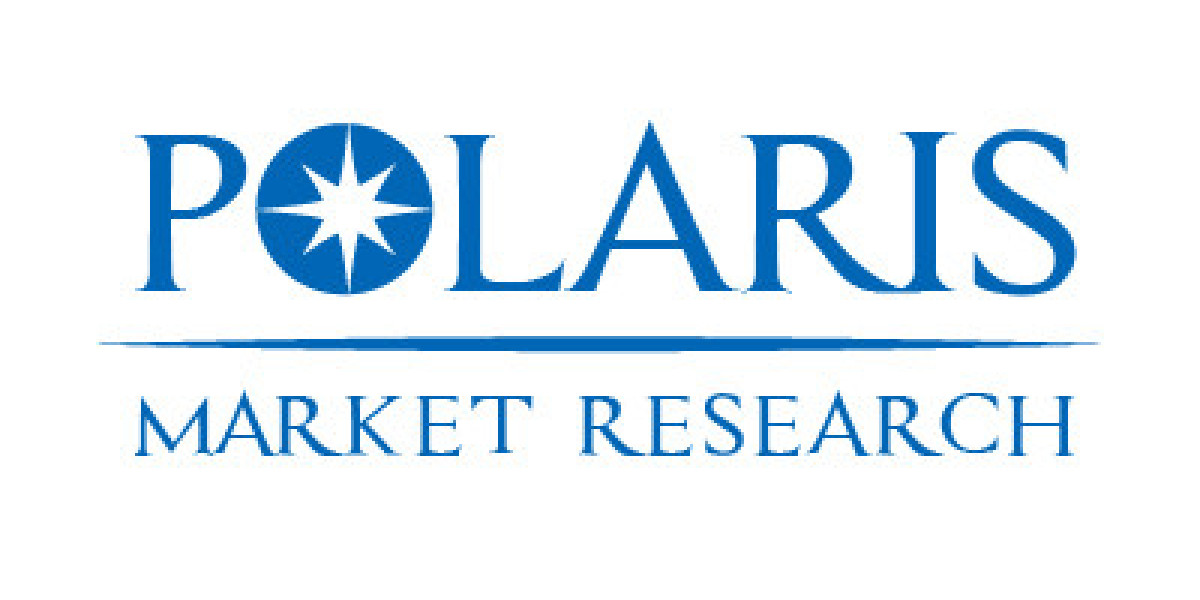Market Overview
The global wearable camera market was valued at USD 8.86 billion in 2023 and is expected to grow at a CAGR of 14.3% during the forecast period.
The market encompasses a wide range of devices, including wearable action cameras, smart glasses with integrated cameras, body-worn cameras for law enforcement and security personnel, and wearable cameras for sports and adventure enthusiasts. These devices enable users to capture high-quality photos and videos in real time while keeping their hands free, making them ideal for activities ranging from extreme sports to professional documentation and surveillance.
The adoption of wearable cameras is being fueled by growing social media engagement, content creation trends, and the popularity of live streaming. Consumers and professionals are increasingly looking for high-definition video recording, compact design, connectivity features, and durability, which are key drivers for market growth. Moreover, technological advancements such as improved battery life, wireless connectivity, cloud storage integration, and enhanced image stabilization are enhancing user experience and expanding application opportunities.
The increasing emphasis on security, law enforcement documentation, and public safety also contributes to the adoption of wearable cameras in professional sectors. Governments and organizations are deploying body-worn cameras for law enforcement officers, security personnel, and first responders to improve accountability, evidence collection, and operational efficiency.
Market Scope
- Action and Sports Cameras
Wearable cameras designed for sports, adventure, and outdoor activities are witnessing strong adoption. These cameras provide hands-free video recording, high-resolution imaging, and durability to withstand extreme conditions, making them popular among outdoor enthusiasts and professional athletes. - Body-Worn Cameras
Wearable cameras for law enforcement, security personnel, and first responders are increasingly used to enhance operational transparency, ensure accountability, and collect real-time evidence. These devices are integral to modern policing, security monitoring, and surveillance operations. - Smart Glasses and Connected Devices
Integration of cameras in smart glasses and other wearable devices allows for seamless recording, live streaming, and connectivity with smartphones or cloud platforms. This segment supports professional documentation, content creation, and interactive applications in education, healthcare, and entertainment. - Healthcare and Professional Applications
Wearable cameras are utilized in medical and industrial settings to provide hands-free video recording for training, telemedicine, diagnostics, and process monitoring. These applications expand the market scope beyond consumer use, enhancing adoption across multiple sectors.
Market Opportunities
- Growing Content Creation and Social Media Trends
The rise of vlogging, live streaming, and social media content creation is driving consumer interest in wearable cameras. Influencers, hobbyists, and professional content creators increasingly rely on wearable devices for capturing immersive and high-quality footage, creating opportunities for manufacturers. - Increasing Law Enforcement and Security Deployment
Governments and security organizations are adopting body-worn cameras to enhance public safety, transparency, and operational efficiency. Expansion in public safety budgets and mandatory deployment initiatives are creating significant market opportunities. - Technological Advancements and Product Innovation
Continuous improvements in image quality, connectivity, cloud integration, battery life, and miniaturization enable manufacturers to offer advanced wearable cameras that cater to diverse applications. Innovations such as AI-assisted analytics, live streaming, and remote monitoring expand potential use cases. - Expansion in Healthcare, Industrial, and Educational Sectors
Wearable cameras are increasingly being adopted in healthcare for telemedicine and surgical documentation, in industrial settings for process monitoring and training, and in education for immersive learning experiences. These applications diversify the market and enhance growth potential.
Browse Full Insights:
https://www.polarismarketresearch.com/industry-analysis/wearable-camera-market
Regional Analysis
North America
North America holds a leading share of the wearable camera market due to high consumer adoption, advanced technology infrastructure, and significant law enforcement deployment. The U.S. leads the region, driven by recreational use, content creation, and body-worn camera initiatives for security and policing.
Europe
Europe demonstrates steady growth, supported by technological adoption, rising interest in adventure sports, and increased deployment of body-worn cameras by law enforcement agencies. Countries such as the U.K., Germany, and France are witnessing adoption for both consumer and professional applications.
Asia-Pacific
Asia-Pacific is the fastest-growing market for wearable cameras, fueled by increasing disposable income, rapid urbanization, rising smartphone penetration, and growing adoption of action cameras and smart wearables. Countries such as China, India, Japan, and South Korea are witnessing rising demand across both consumer and professional segments.
Latin America
Latin America exhibits moderate growth, with Brazil and Mexico driving adoption in recreational, sports, and professional applications. Increasing awareness of wearable technology and growing content creation trends contribute to regional market expansion.
Middle East & Africa
The Middle East & Africa market is emerging, supported by investments in security infrastructure, smart city initiatives, and increasing interest in recreational and adventure activities. Countries such as UAE, Saudi Arabia, and South Africa are witnessing early adoption in both consumer and professional segments.
Key Companies
Leading companies in the wearable camera market focus on product innovation, technological advancement, and global expansion to maintain competitive advantage. Key strategies include:
- Developing high-resolution, durable, and lightweight wearable cameras with enhanced connectivity and cloud integration.
- Expanding product portfolios to include action cameras, body-worn cameras, smart glasses, and specialized professional devices.
- Leveraging partnerships with law enforcement, security agencies, healthcare providers, and content creators to increase adoption.
- Investing in research and development to integrate AI features, real-time analytics, and improved battery performance for next-generation devices.
These initiatives allow companies to strengthen market position, cater to diverse applications, and meet the evolving needs of consumers and professional users worldwide.
Conclusion
The Wearable Camera is poised for sustained growth, driven by rising consumer demand, technological advancements, and expanding professional applications. Action and sports cameras, body-worn cameras, smart glasses, and healthcare-oriented devices are driving market expansion, providing solutions for content creation, security, surveillance, and professional documentation.
More Trending Latest Reports By Polaris Market Research:
Automotive Collision Repair Market
Online Dating Application Market
Super Absorbent Polymers Market
Voice And Speech Recognition Market








